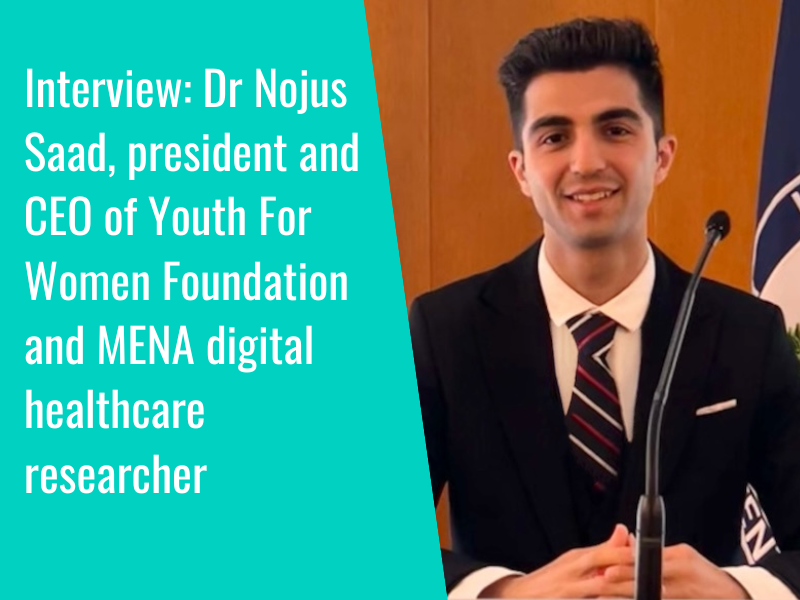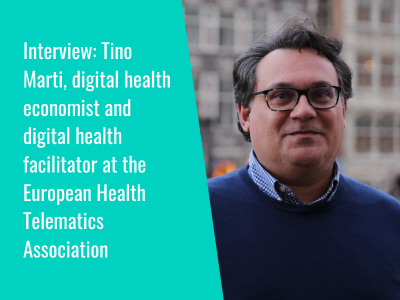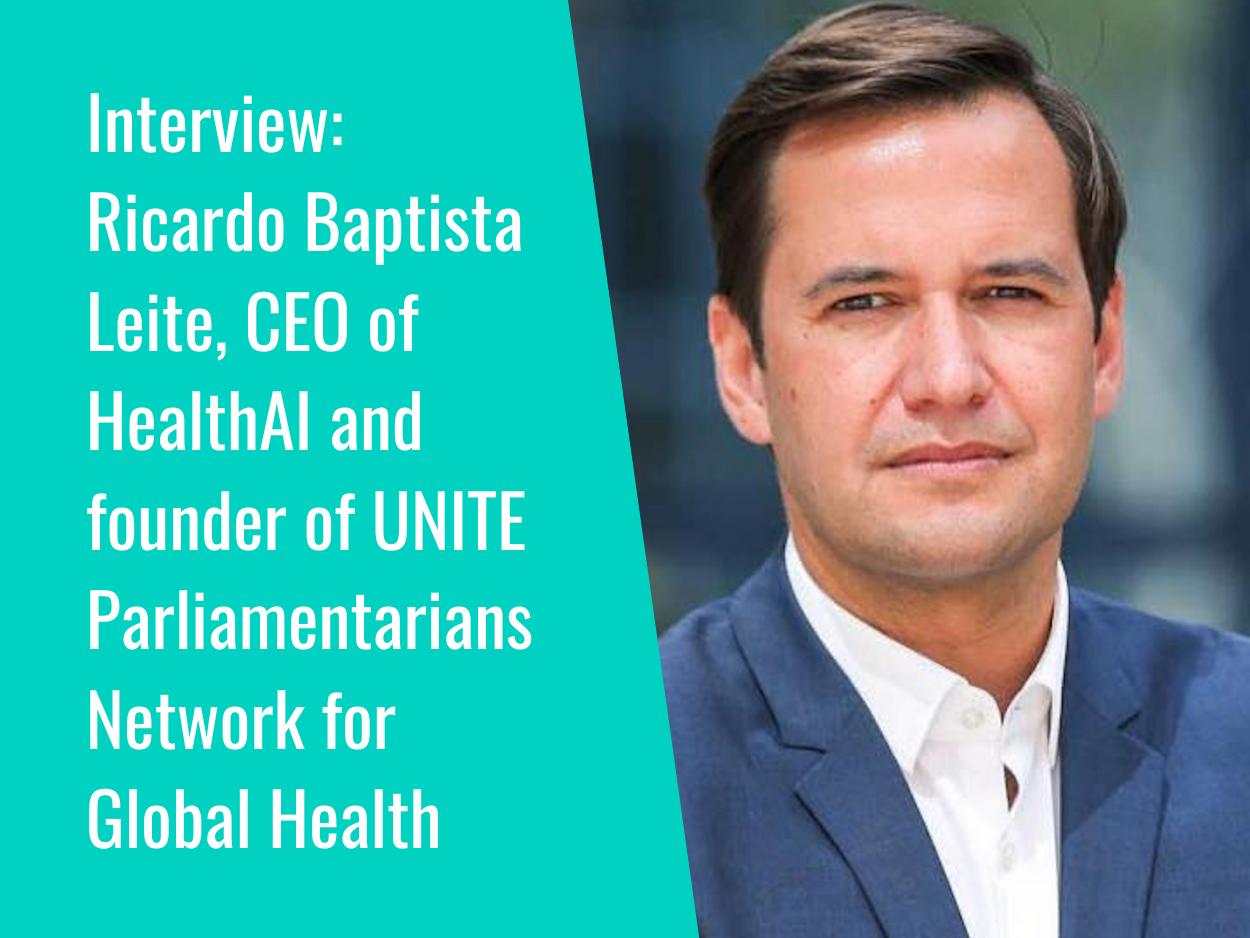Virtual care is a concept that we have been following closely over on our UK site, but what has uptake been like elsewhere, and how is remote care being used by international health systems to tackle some of the challenges facing global healthcare?
Here, we take a look into virtual and remote care in the Middle East.
United Arab Emirates
In the UAE, the Ministry of Health and Prevention’s (MoHAP) dedicated webpage on telemedicine outlines available services including the Emirates Health Services’ Metaverse, the launch of the Dubai Health Authority’s “Doctor for Every Citizen” service, and the Department of Health in Abu Dhabi’s DOH Remote Care app. During COVID-19, the Ministry also developed a range of telehealth services including virtual mental health services for outpatients supported by virtual visits from community health teams.
The Doctor for Every Citizen service offers free video and voice consultations with clinicians, and covers initial consultations and follow-ups with physicians, who can request lab and radiology tests, as well as issuing electronic prescriptions.
Private healthcare providers, such as Mediclinic, have also continued to drive telemedicine and virtual care forward in the UAE, with Mediclinic’s Care Collaboration Centre offering “centralised virtual healthcare services” including virtual primary care, chronic disease management, and remote patient monitoring. In Abu Dhabi, the Abu Dhabi Telemedicine Centre, run by health provider Mubadala, also offers virtual consultations with clinicians.
In Dubai, the launch of metaverse-based healthcare facilities such as the Medicare Women & Children Hospital has led to the consideration of the potential for metaverse interactions to replace more traditional telemedicine services. The Emirate’s Health Authority published stats at the end of 2023 highlighting a 98.55 percent “digital completion rate”, and celebrating reaching 2.3 million “smart transactions” carried out using the Authority’s digital platforms.
Also in Dubai, Al Futtaim’s Health Hub has launched kiosk-sized smart clinics in high-traffic locations such as supermarkets and shopping centres, enabling patients to have a walk-in virtual consultation with a doctor for a range of common conditions including colds and flu, skin conditions, and ear infections.
Saudi Arabia
The Kingdom of Saudi Arabia’s (KSA) Virtual Clinics Service provides patients with access to health services remotely through the Sehhaty app, “reducing the patients’ visits to hospitals and healthcare centres for emergency cases”. Hospitals including the King Abdulaziz Hospital in Jeddah also activated virtual clinics for outpatients as a means of preventing the spread of COVID-19.
KSA is also home to the SEHA Virtual Hospital, which utilises digital tech to bring a range of specialised services to patients remotely, offering virtual consultations in urgent and critical care, and virtual specialised clinics for patients. The hospital’s telehealth services currently support 130 hospitals across KSA.
In 2022, one of the Middle East’s largest healthcare distribution companies agreed a deal with Huma to bring its “hospital at home” system to KSA. The solution offers a patient app and clinical portal, and is being used initially to provide remote monitoring services for patients with diabetes and cardiovascular disease.
Qatar
In Qatar, the COVID-19 pandemic saw the Ministry of Public Health introducing a range of measures to bring virtual care to its citizens, including a new service offering citizens the option to dial 16000 to arrange a virtual consultation with a clinician, retrieve a sick note, or order a prescription for delivery direct to their door. The Urgent Consultation Service, also available from this number, offers further options for patients to speak to a specialist in areas such as urology, cardiology, orthopaedics, dental and dermatology.
Also in Qatar, a collaboration between VSee and Advantech has seen the rollout of telemedicine across Hamad Medical Corporation’s 12 hospitals, national ambulance service and home health care services, offering virtual consultations for patients and integrations with other workflows such as TeleStroke care, emergency medical services, and patient portals.
Egypt
In Egypt, Ain Shams University Virtual Hospital earned URAC Telehealth Accreditation in 2021, targeting underserved regions of Egypt and Africa with capacity-building remote services and consultations. The hospital also offers remote management of conditions such as stroke, through its TeleStroke network, which includes follow-up during admission and post-discharge.
Additionally, whilst not strictly a virtual care offering, the nation’s distance diagnostics initiative launched in September 2021, with a capacity of 150 medical units and plans to rollout 300 units nationwide. These plans, similarly to those made around remote care, are intended to help boost capacity, particularly in rural regions, and prevent patients from having to travel long distances to reach hospitals.
Bahrain
In Bahrain, a partnership between the Ministry of Health, the National Taskforce, and Doctori formed in the wake of the pandemic with the aim of providing free remote COVID-19 consultations to citizens.
In addition, hospitals such as the KIMSHEALTH Bahrain Hospital have begun to offer consultations remotely across a range of specialties, including dentistry, general surgery, paediatrics, internal medicine, ENT, and more.
Israel
In Israel, the Sheba TeleTent was established as a “centralized telemedicine unit” as part of the Sheba Tel HaShomer campus, making use of technologies including remote monitoring of vital signs, AI sensors, and smartphone apps for diagnostic readouts and virtual doctor visits.
Research
We’ve also taken a look at some research from the region.
A study published in BMC Health Services Research looked at challenges and solutions for implementing telemedicine in Iran from a health policymakers’ perspective, using data gathered from 19 health policymakers through “in-depth and semi-structured interviews”.
Authors considered telemedicine to be an “efficient option” in the case of Iran, due to its geographical conditions, “inadequate transportation networks, population dispersion, limited medical facilities in deprived areas, the concentration of health facilities in metropolitan areas, and high transportation costs”.
Findings from the interviews included that “Iranian health authorities have not accorded telemedicine the necessary priority thus far”, and that the “substantial investment and long-term planning” required to implement it also meaning that “health managers have hesitated to adopt it”.
On operational challenges, the interviews highlighted that “the absence of a specific authority for policymaking” and the “lack of coordination between different organisations” had “led to the abandonment of scattered projects” in telemedicine.
In terms of infrastructure, participants also noted challenges around “inadequate internet infrastructure, insufficient software infrastructure for telemedicine, and restricted access to hardware”.
Other challenges identified included resistance to change on the part of both physicians and patients; inconsistency in patient clinical information; “weakness” in electronic health data management; “rigorous and intricate laws”; the high costs of initial setup; and an “ambiguous and protracted licensing process”.
Authors concluded that “the successful execution of telemedicine in Iran requires collaborative efforts and leadership at multiple levels”, with Iran presenting “significant and multidimensional challenges”, that policymakers need to have “a deep understanding” of in order to ensure “a more expedited and pragmatic implementation”.
Hosseini, S M, Boushehri, S A and Alimohammadzadeh, K (2024) Challenges and solutions for implementing telemedicine in Iran from health policymakers’ perspective BMC Health Services Research 24, 50. https://doi.org/10.1186/s12913-023-10488-6
Also from BMC Health Services Research, a study exploring healthcare providers perspectives on virtual care delivery and telemedicine in Kuwait has looked into acceptance around the implementation of this type of service in the country.
An online questionnaire gathered 421 responses from healthcare providers, finding that 15.4 percent had “previously used telemedicine technology”, and 39 percent “already knew about it”; whilst 42.3 percent “preferred to use telemedicine”, and 88.5 percent had “a moderate to high usefulness score”.
Following on from the questionnaire, 22 interviews were carried out with healthcare providers, resulting in the identification of six “themes”: acceptance, facilitators and motives, skills and training, barriers, strategies to overcome barriers, and the potential benefits of telemedicine.
The interviews highlighted that providers in Kuwait “frequently used WhatsApp, Zoom, Microsoft Teams, and regular phone calls or text messages”, that “it is essential for an HCP to have good communication skills, active listening, ethics, and good training to be qualified to use telemedicine”, and that “saving their time and decreasing their burden” was seen as a benefit.
On barriers, interviewees voiced concerns that the quality of teleconsultations would be “inferior” to in-person visits, that issues around infrastructure and lack of technological skills would make implementation difficult, and that patient’s preferences may affect uptake.
When it comes to overcoming the barriers to telemedicine in Kuwait, interviewees considered that “a well-qualified and trained provider with excellent communication skills” would be helpful in providing the service, and voiced the need to use HIPAA-compliant platforms “to secure patients’ privacy”.
Authors concluded that whilst “healthcare professionals found telemedicine beneficial in many aspects”, “this was accompanied by an acknowledgment of barriers and challenges”. Ultimately, their discussion highlighted that “time and cost-saving spurred telemedicine use and the baseline HCPs’ high intention rate to use telemedicine paves the way for official incorporation into healthcare systems”.
Abdelghany, I K, AlMatar, R, Al-Haqan, A. et al. (2024) Exploring healthcare providers’ perspectives on virtual care delivery: insights into telemedicine services BMC Health Services Research 24, 1. https://doi.org/10.1186/s12913-023-10244-w
- 1
- 2














